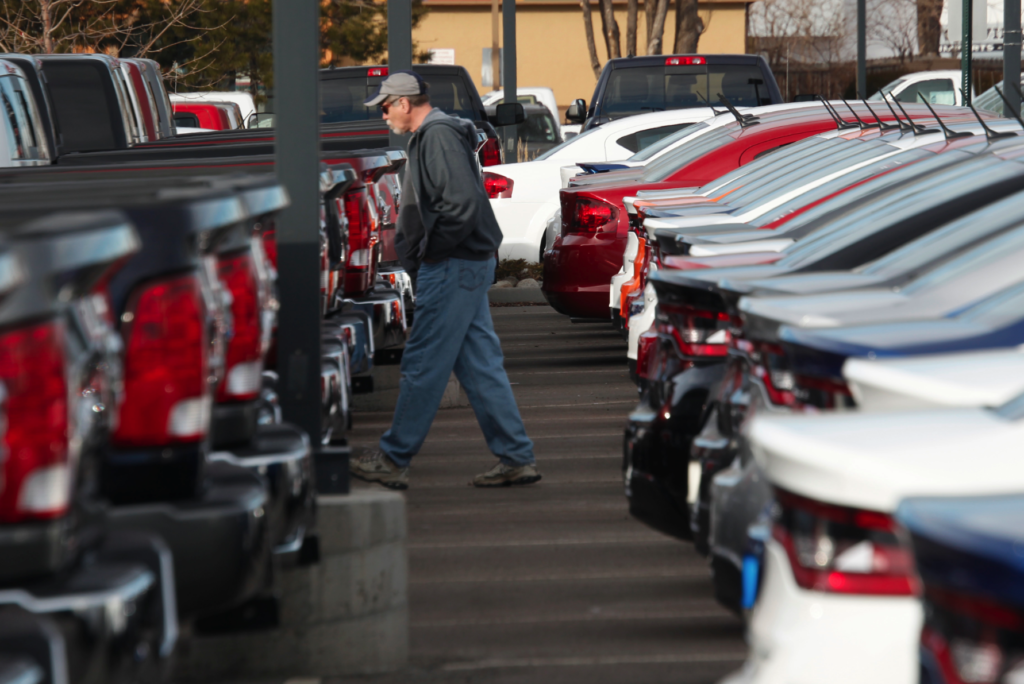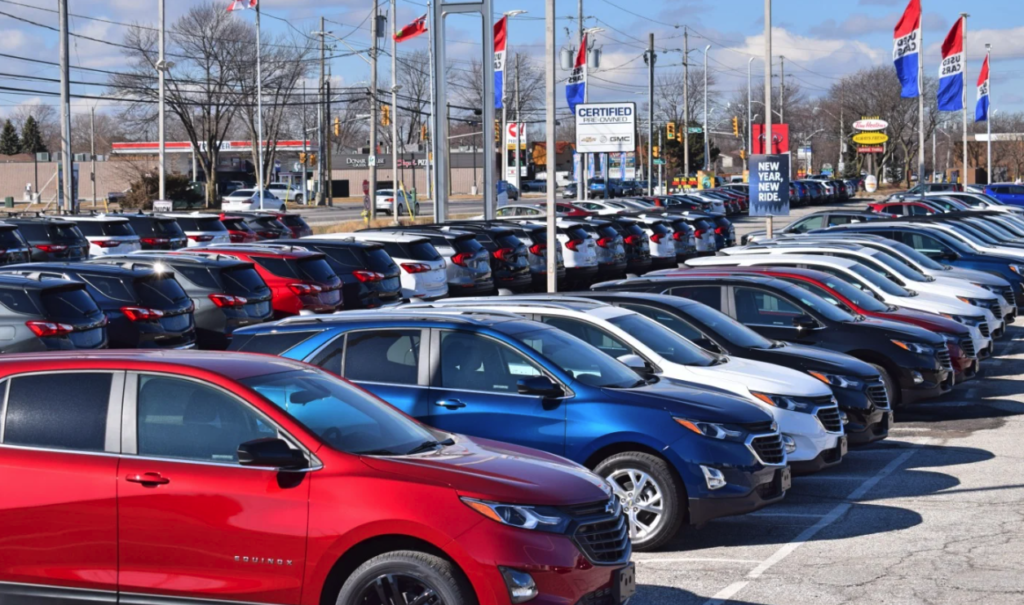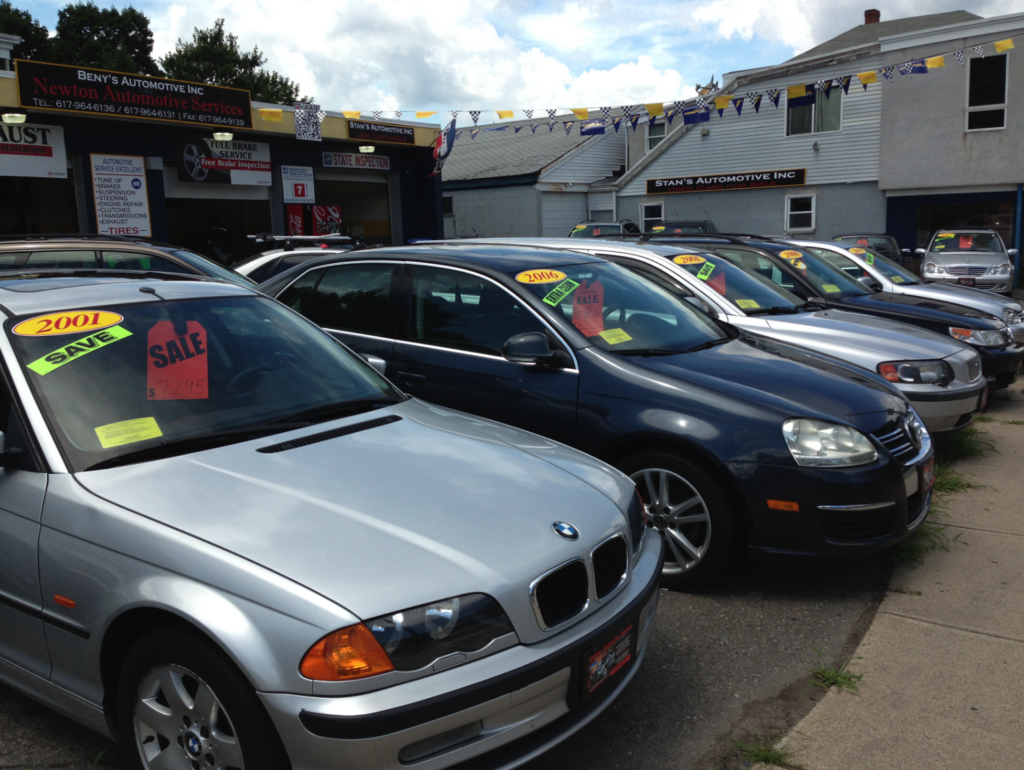Related Topics (Ads):
Everything is so expensive nowadays. And with cars especially, there’s never been a more confusing time. Should we buy? Should we sell? Should we wait?
New car shoppers got their first hint of good news in months recently, as the price of the average new car dropped for the first time since spring. But, with bad economic news day after day, that might be misleading. For most of the past year, new car prices hit record highs month after month. Supply chain problems pushed vehicle inventories lower than usual, causing constant sticker shock. Then finally, prices started dropping, but only as recession warnings began and interest rates rose. Now interest rates are pretty high and may go higher. So what are we to do?
Related Topics (Ads):

Be Patient. The Longer You Search, The More Savings You Are Going To Get
While new car prices are increasing at a slower rate in 2022, they continue to reach record heights. Dealers are jacking up the prices, sometimes nearly $10,000 above the MSRP. But Ryan believes the situation will improve in 6 to 12 months. “The longer you wait to buy, the more savings you’re gonna get,” he says. “Every two to three months you hold off, you’re getting yourself one notch better in terms of price.” Again, this situation will change when there is more inventory and dealership lots are full, but it’s a seller’s market right now.
Related Topics (Ads):

Look At Used Cars That Are Only 1-3 Years Old
If you absolutely have to buy a car in the next few months, you might want to keep your eye on near-new market cars.
“In the last 45 days, one- to three-year-old car prices are down about 3.6 percent,” reports Ryan. The four to seven-year-old cars are slowly returning to normal, too, albeit barely. They’re down 1.5 percent.
Related Topics (Ads):

Shop SUVs & Wagons Because They’re Great On Gas & Underpriced These Days
There’s a reason why SUVs and Wagons have become so popular over the last few years. Sure, they may be bigger and bulkier. But not all of them are. They come in many shapes and sizes. Many are even downsized to fit smaller-sized parking spaces and garages nowadays.
According to CoPilot data, some used vehicle types are closer to returning to their normal prices than others. For example, the cost of SUVs dropped 10 percent last month, most likely because buyers are steering away from gas guzzlers. Wagons and minivans are also slowly creeping back to their normal price. But more expensive vehicles include fuel-efficient compact cars, EVs, and hybrids. Interestingly, used Ram vehicles are selling 34 percent above normal levels, according to CoPilot’s Used Car Price Premium Index.
Related Topics (Ads):

Go Domestic. These Cars, New or Used Are Always Cheaper Nowadays
Sure, the cost of cars is completely out of whack no matter what you buy. But if you dig a little deeper into the numbers, you see some interesting disparities. Take domestic vs. foreign cars. According to CoPilot, the average price of a domestic used car averaged $8,301 in August, a 12 percent decrease from July. Meanwhile, the cost of used foreign cars did not budge. They’re still 44 percent above their projected normal levels.
Certain high-volume brands, such as Ram, Chevrolet, and Ford, remain way above their normal price. On the domestic side, Toyota, Honda, and Subaru are the big-ticket items. You may want to look at less inflated brands like Pontiac, Saturn, Isuzu, and Mitsubishi.
Related Topics (Ads):

Consider Financing With Credit Unions. They Can Have Lower Interest Rates & Monthly Payments
With interest rates rising, paying cash for your car is your best action plan. But for most people, that’s not a reality. The next best option is to secure financing from a credit union, which offers lower interest rates. Once you figure out your budget, you can base your financing on what you can afford to pay per month.
Nowadays, the rates with credit unions can be pretty high too. So double-check this piece of advice with your local credit union. See what their rates are. Compare that with rates you might get elsewhere for a car loan. Even with rates as high as they are today, credit unions may still be your best option compared with traditional banks.
Related Topics (Ads):

Know How To Leverage Your Old Vehicle
We’re not simply saying to “sell your old car” or “trade it in.” Everybody knows that. What we’re saying is that you should know exactly what your current or old vehicle has to offer. If it needs a tune-up or some fixing up, be sure to do that. Just don’t go over budget or over the top with spending when trying to fix it up. Do the minimal, basic things that can help boost your car’s value to what it should be worth. Clean it up. Take it for a good wash and vacuum; inside and out.
Related Topics (Ads):
Remember, this is a seller’s market. If you have a car to trade in or sell, you can leverage its value against the rising cost of vehicles. You can also use that old car to upgrade to something more fuel-efficient with up-to-date features.
It’s like when you see a housing market that’s hot. If you don’t own a home, it’s hard to get in. But if you own something with an appreciation, and you could roll your profit from one end to the other, it makes it more affordable. That can make navigating through the car market a lot more pleasant.
Related Topics (Ads):